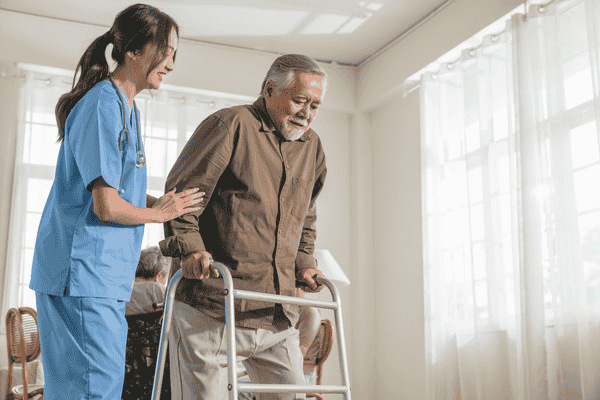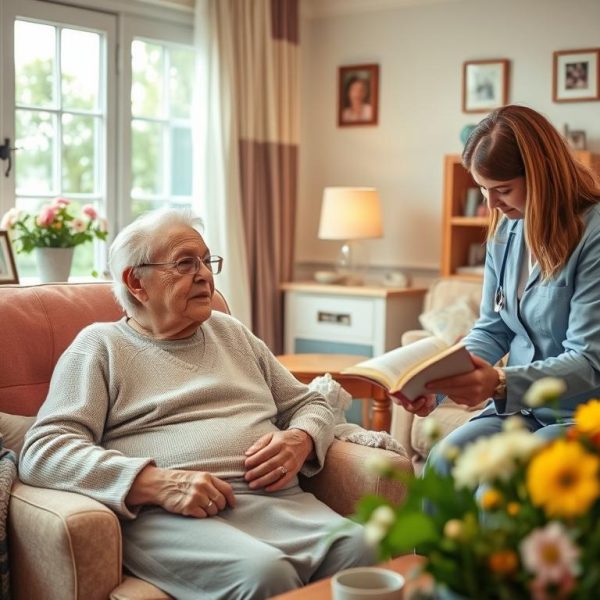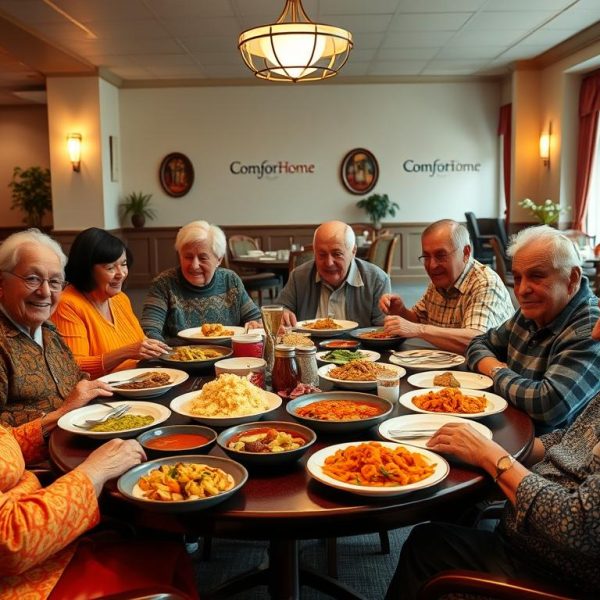In the bustling corridors of a hospital, amidst the hum of machinery and the hurried footsteps of doctors and nurses, every word spoken carries the weight of life and death. Communication in the healthcare industry is unlike any other. It’s not just about sharing information; it’s about clarity, compassion, and precision. For one nurse named Sarah, her journey toward mastering effective communication began one evening when a simple misunderstanding nearly had dire consequences.
Sarah had been working the night shift at a local hospital, attending to an elderly patient named Mr. Thompson. He was battling chronic heart disease, and his condition had been stable for the past few days. However, one night, Mr. Thompson’s health took a turn. He became short of breath, and his pulse weakened. When the attending physician asked for a report on Mr. Thompson’s condition, Sarah, frazzled and overwhelmed, mentioned his heart rate but failed to emphasize the change in his breathing pattern. This small omission delayed critical interventions.
That night, Sarah realized something profound—communication in healthcare isn’t just about saying what you think is important; it’s about conveying every crucial detail with clarity. It’s about active listening, empathy, and ensuring that both patients and care teams have the right information at the right time.
This blog explores the essential strategies healthcare professionals like Sarah need to master in order to foster clear, compassionate, and effective communication in an environment where miscommunication can have life-altering consequences.
1. The Power of Non-Verbal Communication: More Than Just Words
One of the most overlooked aspects of communication is non-verbal cues. Imagine a patient lying on a hospital bed, anxious and confused. Even before words are exchanged, a doctor’s body language can convey empathy or indifference. A smile, eye contact, or a gentle touch on the shoulder can set the tone for a trusting relationship.
In Sarah’s case, she learned to use non-verbal communication as a tool to connect with patients. When she next approached Mr. Thompson, she crouched to his eye level, offered a reassuring smile, and maintained eye contact, showing that she was not just there to do her job, but to listen and provide comfort.
Non-verbal cues like body posture, facial expressions, and even the tone of voice can either build or break trust. In healthcare, where patients are often vulnerable, these signals can convey reassurance, understanding, and attentiveness.
2. Active Listening: The Key to Patient-Centered Care
Sarah quickly learned that to provide the best care, she needed to truly listen to her patients. Active listening means being fully present, both mentally and emotionally. It’s not just about hearing words but understanding their significance.
One evening, Sarah was working with a diabetic patient, Mrs. Anderson, who was frustrated with her treatment plan. Mrs. Anderson felt like no one was listening to her concerns about the side effects of her medication. By practicing active listening, Sarah not only heard her words but also picked up on the emotions behind them. Instead of giving a rushed response, she paused, acknowledged Mrs. Anderson’s feelings, and took time to discuss alternatives with the medical team.
Active listening involves using verbal and non-verbal affirmations, asking clarifying questions, and summarizing the patient’s concerns. This approach ensures that the patient feels heard and understood, fostering a sense of collaboration in their care.
3. Empathy: The Bridge to Trust
Empathy is at the heart of patient-provider relationships. Patients are not just charts or symptoms; they are individuals with fears, hopes, and emotions. Sarah recalled the moment she truly grasped the power of empathy. A young mother, just diagnosed with cancer, was sitting in her room, devastated. When the doctor came in with a detailed explanation of her treatment, the words seemed to fly over her head.
Instead of bombarding the patient with medical jargon, Sarah sat beside her, acknowledging her fear. She explained the next steps in simple terms and gave her time to process the information. It wasn’t just about what was being said; it was about the compassion behind the words.
Empathy in communication means acknowledging the emotions of patients and responding with kindness and understanding. Healthcare professionals need to remember that while the information is routine for them, for patients, it can be life-changing.
4. Overcoming Barriers: Language, Time, and Trust
While communication is critical, there are often barriers that can complicate the process. For Sarah, one of the most challenging aspects of her job was overcoming language barriers with non-English-speaking patients. Miscommunication can lead to incorrect treatments or a lack of understanding regarding medical advice.
In one instance, a patient who spoke limited English had been struggling to manage his diabetes. Sarah used an interpreter to ensure that all instructions were conveyed accurately. Additionally, visual aids, such as diagrams and charts, helped bridge the gap.
Healthcare providers can also face time constraints, especially during busy shifts. But rushing through conversations with patients can lead to incomplete information and dissatisfaction. Sarah learned to manage her time efficiently, setting aside moments to thoroughly explain things to patients even in high-pressure situations. By being present during these moments, she was able to build trust and ensure the patient understood their care plan.
Lastly, patient distrust can be a significant barrier, especially for those who have had negative healthcare experiences. Sarah worked on fostering trust by being transparent, empathetic, and always delivering on promises. Whether it was following up on a test result or explaining the side effects of medication, she knew that trust was built over time through consistency and care.
5. Team Communication: Collaboration for Better Care
In healthcare, it’s not just the patient-provider communication that matters; the entire care team must be aligned. Sarah often found herself in multidisciplinary meetings, where nurses, physicians, pharmacists, and social workers discussed patient cases. Effective communication among the team was essential to provide the best care.
One day, during a particularly busy shift, a breakdown in communication occurred between the nursing team and the attending physician, leading to a delay in a patient’s pain management. Afterward, the team had a debriefing where they discussed what went wrong and how to prevent it from happening again.
Clear and concise communication within healthcare teams ensures that everyone is on the same page. Regular meetings, use of clear language, and active listening between team members can help reduce the risk of errors and improve patient care.
6. Technology as a Communication Tool
The rise of telemedicine and electronic health records (EHRs) has transformed how healthcare professionals communicate with patients and each other. Sarah now relies on EHRs to quickly share patient information with the care team, ensuring seamless coordination.
Telemedicine platforms have also allowed Sarah to reach patients who may not have access to healthcare in person. By utilizing video calls, she can discuss treatment plans, answer questions, and provide care remotely.
However, technology should complement, not replace, human interaction. Sarah always makes it a point to balance digital communication with personal touch, ensuring that her patients never feel like they’re just another case number.
7. Continuous Learning: The Path to Mastery
As Sarah’s story illustrates, effective communication in healthcare is a skill that requires continuous learning and reflection. After her experience with Mr. Thompson, Sarah enrolled in communication workshops and sought feedback from colleagues and patients to refine her skills. She understood that while medical knowledge was essential, how she conveyed that knowledge was equally important.
Healthcare professionals can benefit from ongoing training in communication, whether through role-playing exercises, seminars, or real-world practice. Reflecting on past communication challenges, seeking mentorship, and staying updated on new communication tools can all contribute to mastery.
In conclusion, effective communication is not a static skill but a dynamic, evolving process that healthcare professionals must continuously nurture. For Sarah, the journey from a single moment of miscommunication to becoming a skilled communicator was transformative. It reminded her, and it reminds us, that every conversation in healthcare matters, that every word, gesture, and silence can make the difference between confusion and clarity, fear and reassurance, life and death.








